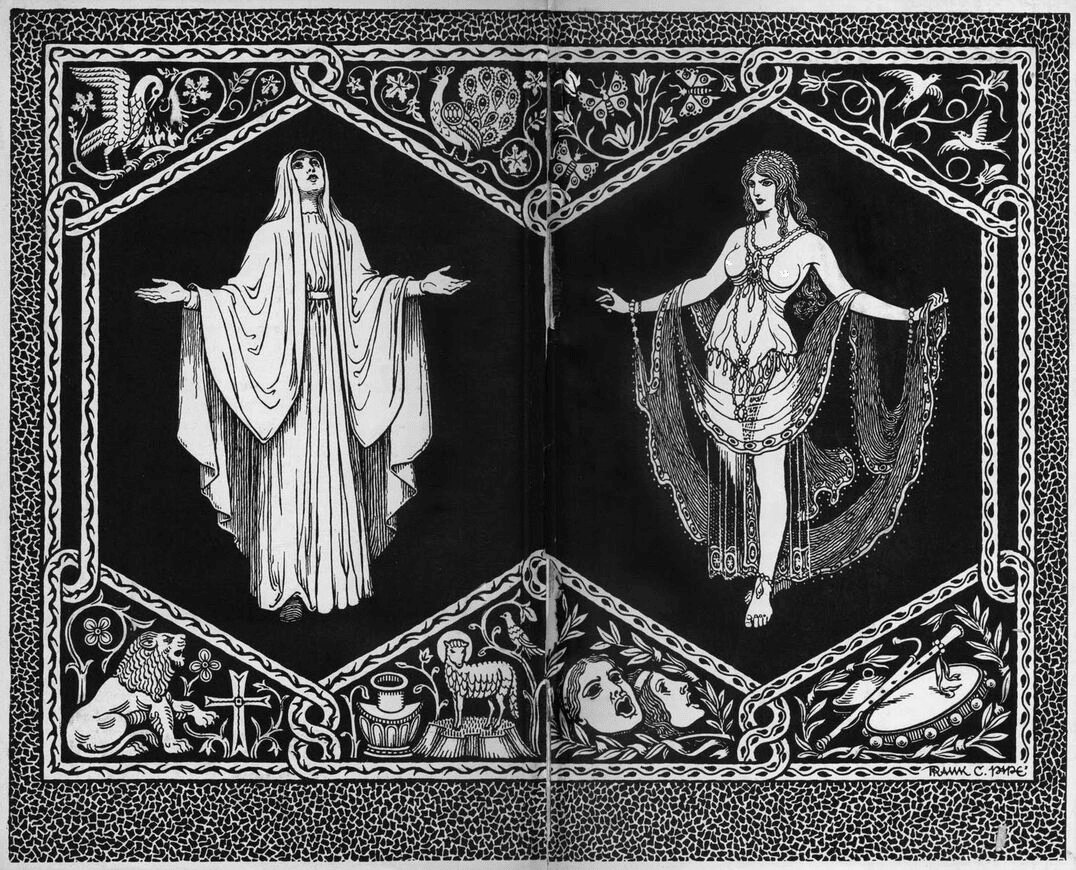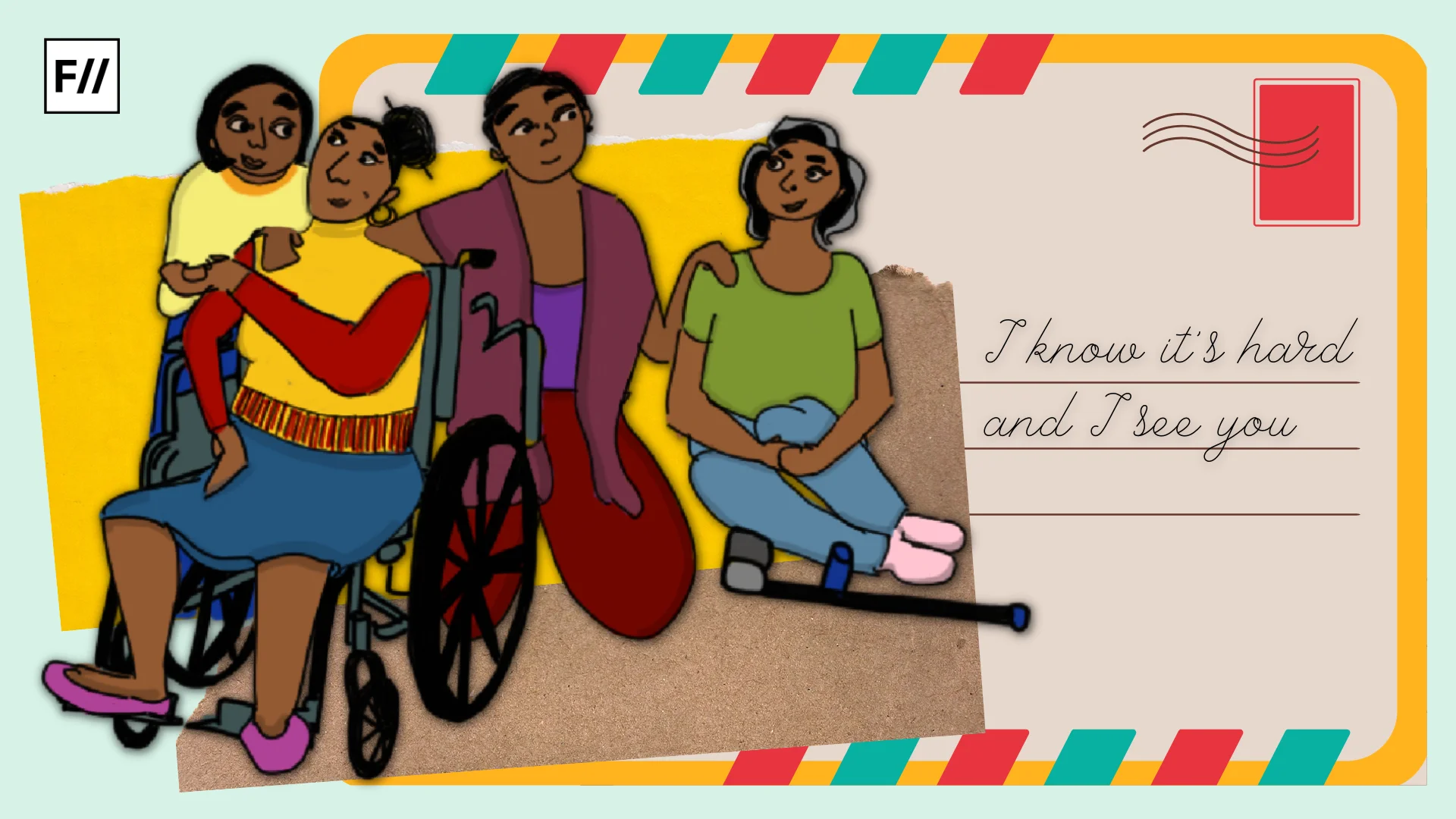Every time a woman behaves in an erratic fashion or deviates from the standard behaviour that is expected from her as per conventional standards, she becomes a poster-girl for the bad effects of feminism. News channels in their not-so-subtle tone will tell the audience how this woman lost her mind and created nuisance. It is not hard to find the mainstream media’s emphatic and patronizing use of the adjective “badtameez ladki” over and over again while playing on-repeat clips of her acts and pass off virtue-signaling as a good reporting.
I rarely watch news channels, but whenever I find my parents watching such clips and listening to the narratives around it, it makes me anxious. In August 2021, a woman from Lucknow made headlines for hitting a cab driver. Priyadarshini Narayan’s videos of repeatedly slapping a cab driver went viral and the Uttar Pradesh police filed an FIR against her shortly after. I know what the Lucknow girl did to the cab driver is wrong but somehow it becoming a national news with all the prime-time news channels covering it while comfortably sidestepping several instances of injustices happening in the country, that are not only news-worthy but also important and urgent, disturbed me. This especially, when an anomaly such as the above is projected as the “ugly head” of feminism and is then used as a counter narrative for every time a man harasses or abuses a woman.
In August 2021, a woman from Lucknow made headlines for hitting a cab driver. Priyadarshini Narayan’s videos of repeatedly slapping a cab driver went viral and the Uttar Pradesh police filed an FIR against her shortly after. I know what the Lucknow girl did to the cab driver is wrong but somehow it becoming a national news with all the prime-time news channels covering it while comfortably sidestepping several instances of injustices happening in the country, that are not only news-worthy but also important and urgent, disturbed me. This especially, when an anomaly such as the above is projected as the “ugly head” of feminism and is then used as a counter narrative for every time a man harasses or abuses a woman.
Angry young woman: A menace to society?
It made me wonder, what was so special about this incident that it got prime-time coverage while other issues like rapes of minor girls from socio-historically marginalised communities get sidestepped? Is it for TRP? Does the news channel think a woman using her agency to do bad things is much more unique and ridiculous than woman being the passive victims of patriarchal structures? Or do they think that the former is more unacceptable than the latter? After all, how many times have we heard these news anchors giving moral sermons to men involved in road rage cases and call them “Badtameez ladka”, like they patronizingly called the woman in the above-mentioned scenario? Or do they think an angry man is a norm that society has more or less accepted while an angry woman is crossing her line?
Also read: (On) Female Anger: The Gendered Diagnosis Of Emotions
If one scrolls through the comment sections of such news on social media, it is common to find comments trolling and bashing feminists, discussing the bad effects feminism has on women and the unfair laws that abet women to do such bad things to poor innocent men. If aliens accidently arrive on the earth and read those comments as their first thing, they will be excused for assuming that we live in a matriarchal society where a cabal of women are controlling and oppressing men. The fear and disgust in those comments are real and palpable. Most of the time these apprehensions take the form of more generic charges against women like “unnecessarily agitating”, hysterical, lacking control over emotions, always willing to create drama. Her outbursts are overreactions and thus worthy of either ridicule or dismissal. Or it is construed as a result of the woman being on her period. While these particular diagnoses might be correct in certain scenarios, extrapolating them to understand women’s anger in general, harms their well-being in the long run.

Dismissing genuine grievances as unnecessary anger
To teach women to hold back their anger lest they come across as irrational and aggressive is a quotidian suggestion while men are rewarded for their anger and considered as bold leaders for the expression of the same. Drury Stevenson used the example of Hillary Clinton and Madeleine Albright and their reactions to their husbands’ (Bill Clinton and Joe Albright respectively) cheating scandals to show how “Women in power are expected to project an image of remarkable self-control and wisdom despite the silliness going around them, while the men in power can excuse their most notorious failings by appealing to a pure lack of self-control or too much-stifled emotions.”
These incidents reflect the deep distrust and fear society has of women and their freedom to express themselves. However, there is nothing new about this. In ancient times, a woman who is too free is almost always a courtesan or someone who falls outside the realm of respectful society. Patriarchy binds women in the dichotomy of Madonna and Whore. Either she is a docile, virtuous woman which means she never enjoys freedom and most of the time rejects it herself or she is a cunning, beguiling seductress, in which case, she is always way too free and thus danger to society and virtuous men.

Patriarchy binds women in the dichotomy of Madonna and Whore. Either she is a docile, virtuous woman which means she never enjoys freedom and most of the time rejects it herself or she is a cunning, beguiling seductress, in which case, she is always way too free and thus danger to society and virtuous men.
The news channels’ coverage always reminds us of this dichotomy. They will use different adjectives to tell you the same thing over and over again that “the woman has crossed the boundaries and this is what happens when women are given too much freedom. Women can’t handle freedom; it goes over their head”. It works like a dog whistle to the thousands of frustrated trolls and men’s rights activists to re-emphasize their points against feminism and the so-called consequences of women liberation.
The NCRB report shows, notwithstanding, that there was on average 77 reported cases of rapes in India daily in the year 2020, however, did we as a society ever stop to wonder what patriarchy has done to men and how its men who cannot handle their freedom!
Deep distrust of women and pro-women laws
It brings me to the recent twitter trend #Marriagestrike, which is trending to oppose laws against marital rape. Men are striking against marriage for a year because it is taking away their holy right to rape their wives and also out of the fear of potential false cases. It should make us ponder, are there any law in the world that have not been misused even once. Last year, 127 Muslims men were acquitted by Surat Court after 19 years for being falsely accused in terror charges. The NCRB report shows that over 55 per cent of undertrials languishing in Indian jails is composed of Muslim, Dalit or Tribal people. However, one can rarely come across any protest by Men Rights activists for their rights or against the unjust laws that have been deployed to incarcerate them. On the other hand, similar pass is not given to laws that are meant for women or other marginalized sections. These laws are always seen with suspicion for targeting the dominant sections. The grievance against false rape cases could be genuine since it not only destroys one’s life but also destroys the time and effort that could have been gone into investigating genuine cases. However, it does not mean that laws against rape and domestic violence should not be there in the first place. It amounts to throwing the baby with the bathwater.
Source of anger
As the still trending #marriagestrike hashtag reflects, its not the marital rape that angers the society but the possibility of the punishment against it. The imaginary threat looming larger over the real one, while its women who are held as irrational and overreacting.
Laws are never made in vacuum, either it precedes the societal development or follows it, thus shaping as well as getting shaped by the society for which it is meant. The domestic violence laws, rape laws are some that have been constantly amended, improvised and adapted according to the existing reality and challenges. Thus, there is always a possibility of plugging the loopholes as and when it appears. That, however, does not mean that one needs to get rid of these laws altogether. Besides, a society which is inherently anti-women necessitates laws that are potentially pro-women. It compensates for the handicap that historical and societal injustices incur on women.
Also read: ‘Why Are You Nagging Me?’: The Stereotyping Of Angry Women In Popular Culture
However, these debates and dialogues are not possible in a society that functions under a patriarchal and misogynistic paradigm. The dichotomisation of women and the consequent hostility toward their freedom and emancipation reflects society’s inherent distrust against women. It is worth mentioning that the article is not a defense against any anti-social activities committed by either men or women, it is about the disproportionate focus a society puts on women’s unwarranted activities while quietly shrugging when its men who commit them. It shrinks the space for women to express their genuine feelings and grievances and generate harmful stereotypes.
Rishija Singh is a PhD Scholar at Jawaharlal Nehru University and can be reached out at rishijasingh24@gmail.com
and Instagram.




